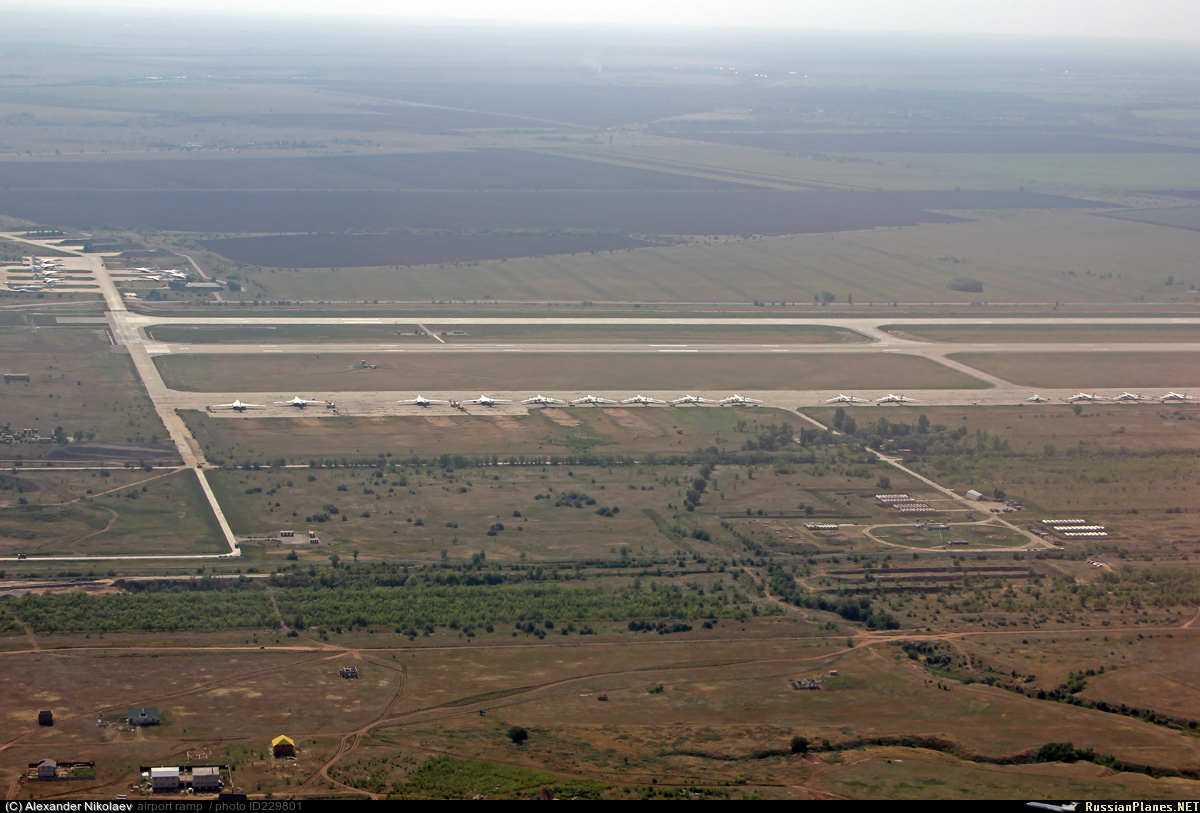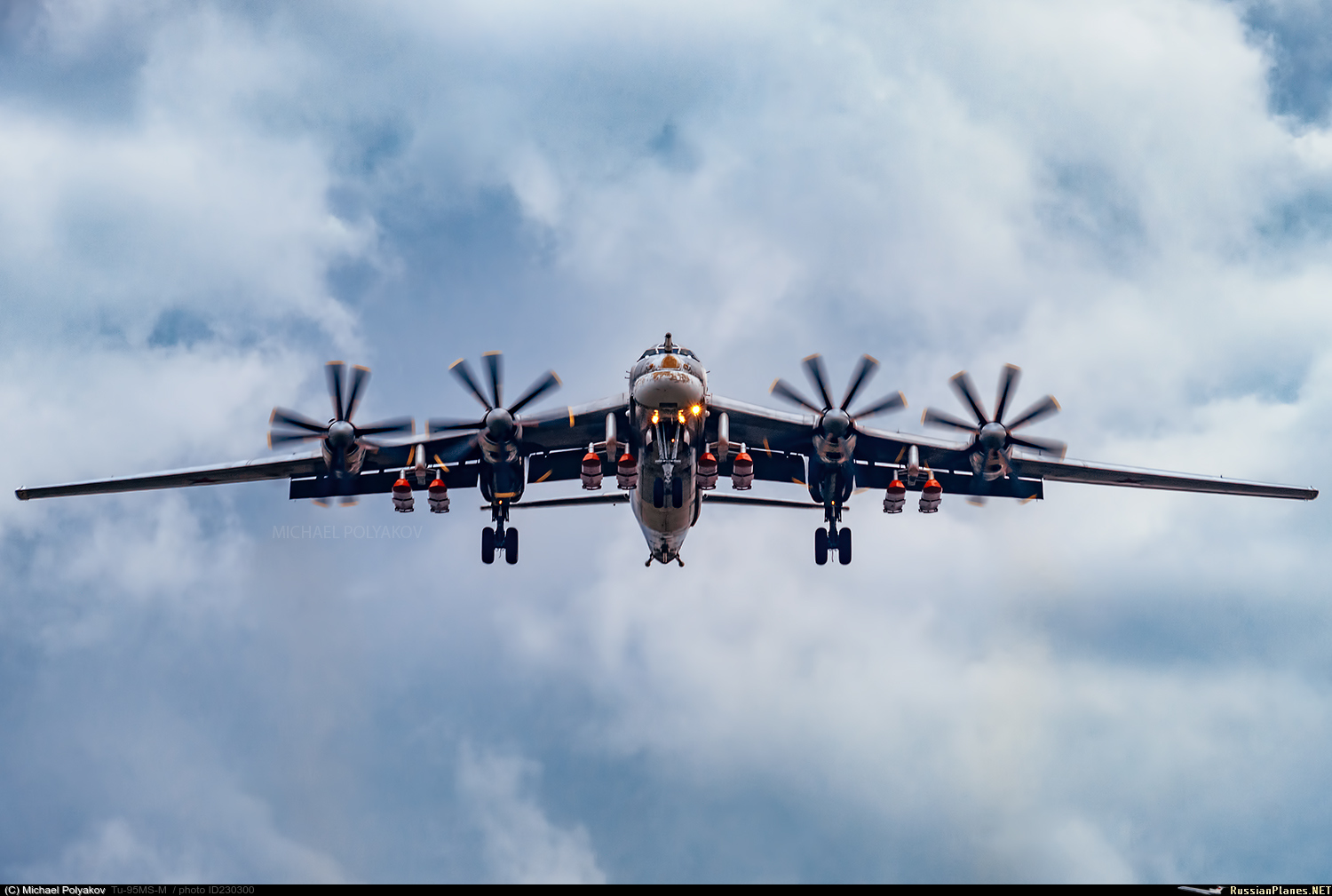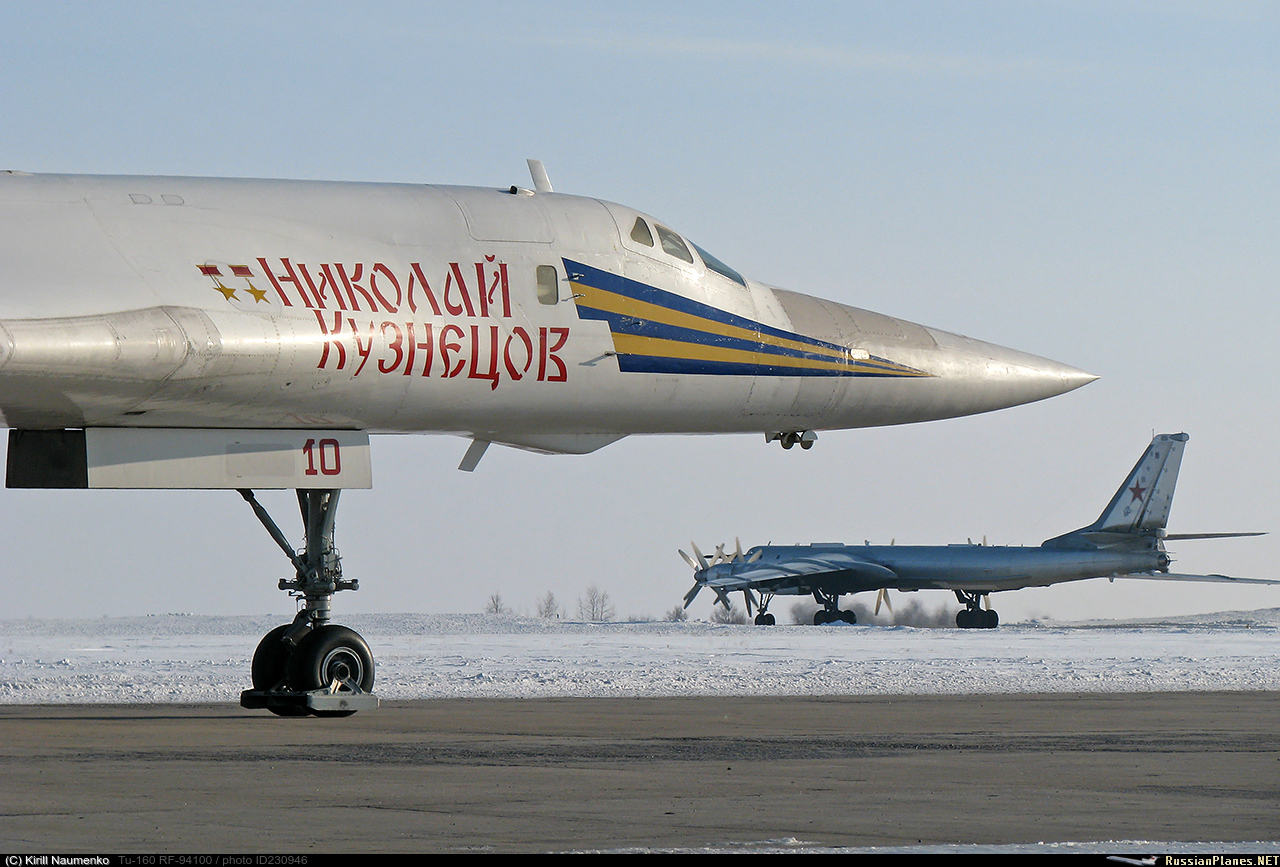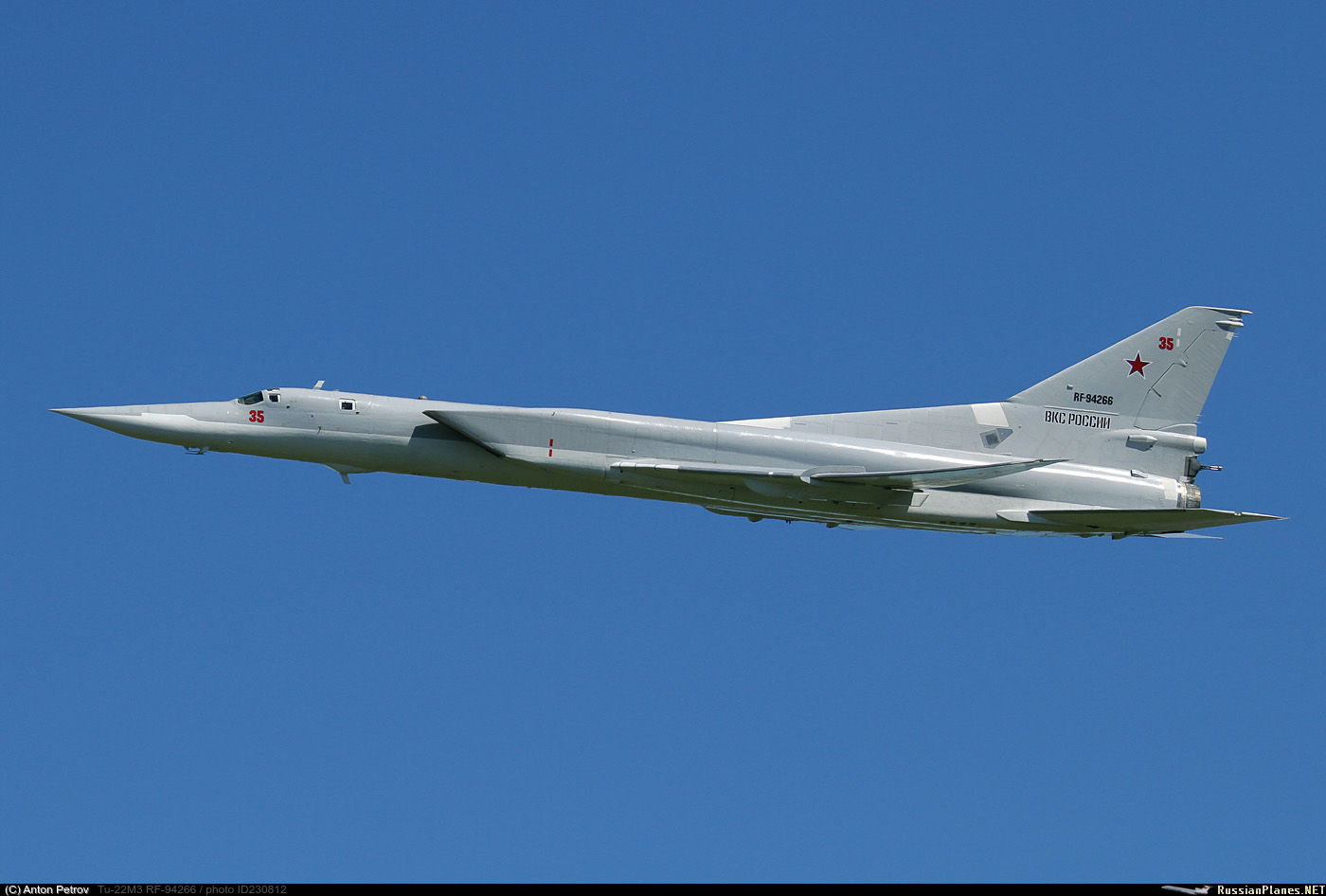Estás usando un navegador obsoleto. No se pueden mostrar estos u otros sitios web correctamente.
Se debe actualizar o usar un navegador alternativo.
Se debe actualizar o usar un navegador alternativo.
El Club de los Bombarderos de Posguerra
- Tema iniciado Grulla
- Fecha de inicio
What Might Have Been: A conceptual USAF/Northrop Grumman FB-23 prepares to take on fuel from a KC-10A. During the fall of 2005 Northrop Grumman released limited information regarding their FB-23 design for a stealthy deep-strike derivative of the YF-23A. Although drastically improving its range and payload, the FB-23 retained the tandem wing low observable attributes of the original YF-23A. The fuselage was lengthened to accommodate a larger weapons bay, and the cockpit was now a two-seat arrangement redesigned for sustained flight above Mach 2. The FB-23 proposal was not funded. Details are covered in Chapter 9 of, "A Complete History of U.S. Combat Aircraft Fly-Off Competitions", by Erik Simonsen. Erik Simonsen photo/illustration


Erik Simonsen
The Greatest Planes That Never Were
What Might Have Been: View of a conceptual operational SAC USAF/Convair B-46A with drop tanks, and underside white radiation anti-flash paint. The Convair XB-46 competed against the NAA XB-45, Boeing XB-47, and Martin XB-48 for a medium bomber contract during the late 1940s early 1950s. The swept-wing Boeing XB-47 was the eventual winner. Details are covered in Chapter 1 of, "A Complete History of U.S. Combat Aircraft Fly-Off Competitions”, by Erik Simonsen. Erik Simonsen photo/illustration

What Might Have Been: A conceptual operational USAF/Martin B-51G ‘Night Intruder’ variant prepares to take on fuel from a KC-135A Stratotanker. Nose configuration indicates the “G” variant was equipped with the Tropic Moon III sensor suite. From Chapter 2 of the book “A Complete History of U.S. Combat Aircraft Fly-Off Competitions”, by Erik Simonsen. Erik Simonsen photo/illustration


Myasishchev M-50 VTOL

The Greatest Planes That Never Were
What Might Have Been: View of a conceptual operational SAC USAF/Convair B-46A with drop tanks, and underside white radiation anti-flash paint. The Convair XB-46 competed against the NAA XB-45, Boeing XB-47, and Martin XB-48 for a medium bomber contract during the late 1940s early 1950s. The swept-wing Boeing XB-47 was the eventual winner. Details are covered in Chapter 1 of, "A Complete History of U.S. Combat Aircraft Fly-Off Competitions”, by Erik Simonsen. Erik Simonsen photo/illustration

What Might Have Been: A conceptual operational USAF/Martin B-51G ‘Night Intruder’ variant prepares to take on fuel from a KC-135A Stratotanker. Nose configuration indicates the “G” variant was equipped with the Tropic Moon III sensor suite. From Chapter 2 of the book “A Complete History of U.S. Combat Aircraft Fly-Off Competitions”, by Erik Simonsen. Erik Simonsen photo/illustration


Myasishchev M-50 VTOL

Última edición:
Bravo!
BUFF
Forista Temperamental
Que No me Guste el Avión ... No indica de que No exista 
del FB de Магазин "МасШТАБ" Russian Model Shop ...

del FB de Магазин "МасШТАБ" Russian Model Shop ...
The Greatest Planes That Never Were
El Douglas 1211-J fue un diseño de aviones de bombardero desarrollado por el fabricante estadounidense Douglas para competir con el diseño Boeing B-52 para un importante contrato de la fuerza aérea estadounidense entre 1946 y 1954. El modelo 1211 - J era un diseño de 160 pies de largo con una envergadura de 227 pies, y era propulsado por cuatro motores turbohélice. El avión fue diseñado para transportar bombas convencionales, así como armas nucleares. También podría llevar sus propios cazas parásitos bajo sus alas. Los motores de reacción de estos cazas iban a ser alimentados para ayudar al bombardero portador durante el despegue; el repostaje de los cazas iba a tener lugar mientras estaban guardados en los soportes subalares de la nave nodriza.
Características generales (los datos proceden de las proyecciones de ingeniería)
Longitud: 160 PIES 6 en (48.92 m)
Envergadura: 227 PIES 6 en (69.34 m)
Peso Bruto: 322,000 LB (146,057 kg)
Motor: 4 × Motores Turbohélice Pratt & Whitney Tt57, 15,000 CV (11,000 kw) cada uno
Velocidad máxima: 450 kn (518 mph; 833 km/h)
Alcance: 11,000 millas náuticas (12,659 millas; 20,372 km)
Techo de servicio: 50,000 pies (15,000 m)
Los datos son de Butler, Tony (2010). Proyectos secretos americanos. Hinckley, Inglaterra: Midland Publishing.
La imagen es de shelbs2.deviantart.com y fue dibujada por shelbs2

El Douglas 1211-J fue un diseño de aviones de bombardero desarrollado por el fabricante estadounidense Douglas para competir con el diseño Boeing B-52 para un importante contrato de la fuerza aérea estadounidense entre 1946 y 1954. El modelo 1211 - J era un diseño de 160 pies de largo con una envergadura de 227 pies, y era propulsado por cuatro motores turbohélice. El avión fue diseñado para transportar bombas convencionales, así como armas nucleares. También podría llevar sus propios cazas parásitos bajo sus alas. Los motores de reacción de estos cazas iban a ser alimentados para ayudar al bombardero portador durante el despegue; el repostaje de los cazas iba a tener lugar mientras estaban guardados en los soportes subalares de la nave nodriza.
Características generales (los datos proceden de las proyecciones de ingeniería)
Longitud: 160 PIES 6 en (48.92 m)
Envergadura: 227 PIES 6 en (69.34 m)
Peso Bruto: 322,000 LB (146,057 kg)
Motor: 4 × Motores Turbohélice Pratt & Whitney Tt57, 15,000 CV (11,000 kw) cada uno
Velocidad máxima: 450 kn (518 mph; 833 km/h)
Alcance: 11,000 millas náuticas (12,659 millas; 20,372 km)
Techo de servicio: 50,000 pies (15,000 m)
Los datos son de Butler, Tony (2010). Proyectos secretos americanos. Hinckley, Inglaterra: Midland Publishing.
La imagen es de shelbs2.deviantart.com y fue dibujada por shelbs2

Erik Simonsen
The Greatest Planes That Never Were
A conceptual operational RAF/Northrop B-49B. Although the Northrop YB-49A Flying Wing had developmental problems with its flight control systems, it's interesting to contemplate a 'what if export', had those problems been solved. The USAF YB-49A program was canceled in 1949. Erik Simonsen photo/illustration

The Greatest Planes That Never Were
A conceptual operational RAF/Northrop B-49B. Although the Northrop YB-49A Flying Wing had developmental problems with its flight control systems, it's interesting to contemplate a 'what if export', had those problems been solved. The USAF YB-49A program was canceled in 1949. Erik Simonsen photo/illustration

Las tripulaciones de los bombarderos estratégicos británicos Vulcan huyen alarmados a sus aviones; Base aérea de Scampton; ~ 1965
No tienen puesto el misil Blue Steel es mas para la foto que para otra cosa.
Las tripulaciones de los bombarderos estratégicos británicos Vulcan huyen alarmados a sus aviones; Base aérea de Scampton; ~ 1965
Si la foto corresponde al video de 1960 el misil Blue Steel no estaba operativo, queda solo el uso de bombas concesionales o nucleares de caída libre, repito para mi s pura propaganda.
Museo de Aviación de Largo Alcance y Estratégica en Poltava - Primera parte
Galería de fotos: http://alejandro-8.blogspot.com/2018/06/museo-de-aviacion-de-largo-alcance-y.html
Galería de fotos: http://alejandro-8.blogspot.com/2018/06/museo-de-aviacion-de-largo-alcance-y.html
Temas similares
- Respuestas
- 312
- Visitas
- 19K
- Respuestas
- 2
- Visitas
- 807
- Respuestas
- 9
- Visitas
- 1K
- Respuestas
- 15
- Visitas
- 2K
- Respuestas
- 36
- Visitas
- 5K



















